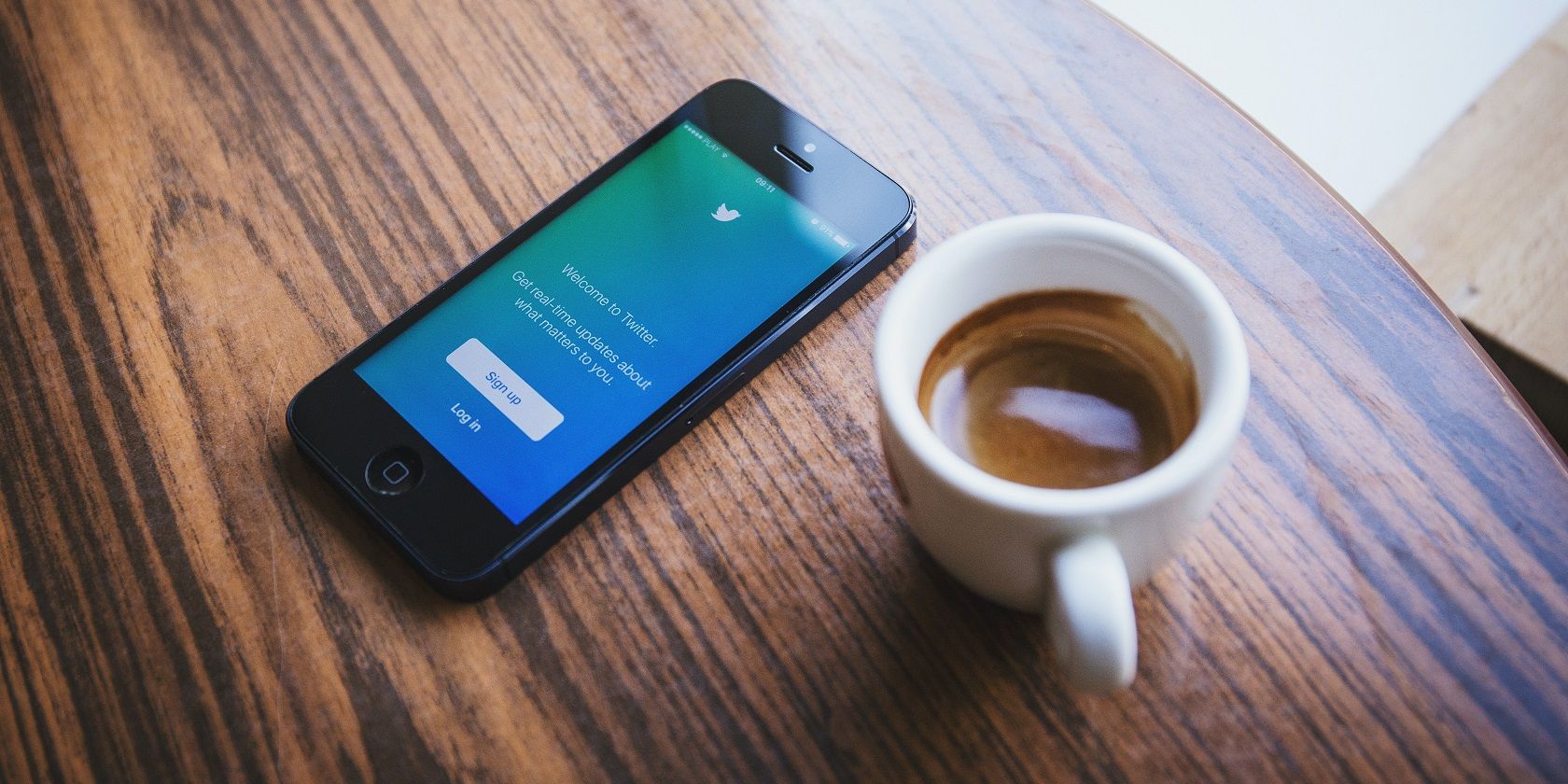Twitter has seemed to be on the lips of everyone ever since Elon Musk declared his interest in the company. Naturally, people followed the Twitter-Musk situation unravel with curiosity and speculated on the how, what, when, and everything in between.It didn't take long before Musk started making announcements regarding his new vision for Twitter. One such statement concerned the verification system. So, let's tackle the blue checkmark, go over the old and new system, the weight it holds, and see if it's worth getting that blue tick.
How Do You Get a Blue Checkmark on Twitter?
When getting verified on Twitter, there's a distinct before and after to consider—before and after Musk bought Twitter.
Before Musk, getting the blue checkmark was fairly simple. You'd have to apply to get Twitter verified and meet certain requirements—your account had to be active, notable, and authentic. If you met them, you got the blue tick.
After Musk, having the blue checkmark means one of two things. Either your account was previously verified—something now referred to as legacy verified. Or your account has an active Twitter Blue subscription.
With the subscription, you'd still have to meet specific requirements to get the blue tick. And if you don't, you'll remain unverified. So it's not as simple as throwing money at Twitter and getting it.
The requirements in question are similar to the ones from the pre-Musk era. Your account has to be complete (with a display name and profile photo), active (at least 30 days before subscription), secure (with a confirmed phone number and older than 90 days prior to subscription), and non-deceptive.
The latter means that if your account shows signs of being misleading, having recent profile changes, or engaging in spam, you can kiss verification goodbye.
But if you subscribe to Twitter Blue and meet the criteria, you'll find the tick next to your name.
Is the Blue Checkmark a Status Symbol or a Necessity?
What does Twitter verification bring your way? Is it even worth the price or going through the steps to get it? What do you gain besides feeling like you're part of the 'it' crowd?
Though the checkmark has many advantages for celebrities, reporters, officials, and so on, what does it mean for regular everyday users?
Well, getting your account verified shows you're a real person, with a displayed name and photo and confirmed phone number. Your identity has been authenticated. But thinking about it, does that even matter?
If you were representing a brand or held a position of power or influence, it'd help keep copycats, scammers, and spammers at bay (somewhat). But if you're an average Joe, do you think you have to keep yourself safe from impersonators?
Safe to say that for everyday people, Twitter verification is nothing more than a status symbol.
Twitter's Blue Checkmark: Pros and Cons
Many of the commonly glorified benefits of getting verified don't apply to general users much. Verification may ease engagement and communication, add credibility, and keep bots, impersonations, and scams at bay—for big-name users.
But as stated, that doesn't really affect everyday users as much. So when it comes down to it, the blue checkmark's pros and cons are not as significant for the average Twitter user.
For example, a general negative of someone having the blue tick while you don't is that the other person's tweet will have the edge over yours. Verified users get boosted.
Also, despite the promise that the new paid Twitter verification system will help reduce the number of bots, a common Musk talking point, there's no proof yet of declining numbers. There are still plenty of disinformation campaigns plaguing Twitter feeds, and bots are alive and thriving. Spam also continues on the platform.
It's not that hard to verify your phone if you're a scammer, and given that's the most challenging hurdle to jump over, getting the blue tick is easy for ill-intentioned people. So your feed will still get flooded with the same old.
Paying for the Twitter Blue subscription grants you early access to a few new features. However, Twitter reserves the right to change the type of features as it makes changes of its own to the platform. The one that stands above the rest is Undo Tweet.
Other than that, the most prominent benefit of paying for Twitter verification is getting an ego boost.
Since Twitter consists of non-verified and verified users, and the latter contains a higher number of celebrities and such, by being a part of their group, you feel fancy and important, by extension.
Twitter verification for general users is yet another monthly subscription to add to the pile. You may rather want to save money on subscriptions and not fork out $8 to $11 monthly for a free app
Does the Blue Checkmark Still Matter?
As with most things, there isn't a clear answer that applies to all. With Twitter, there's an obvious distinction between users, and verification matters more to one group than it does to the other.
If you don't mind paying the subscription fee and know that having the blue tick will bring you joy, go for it. But if you're a part of the general user crowd, don't expect much to change aside from seeing a checkmark next to your name.

